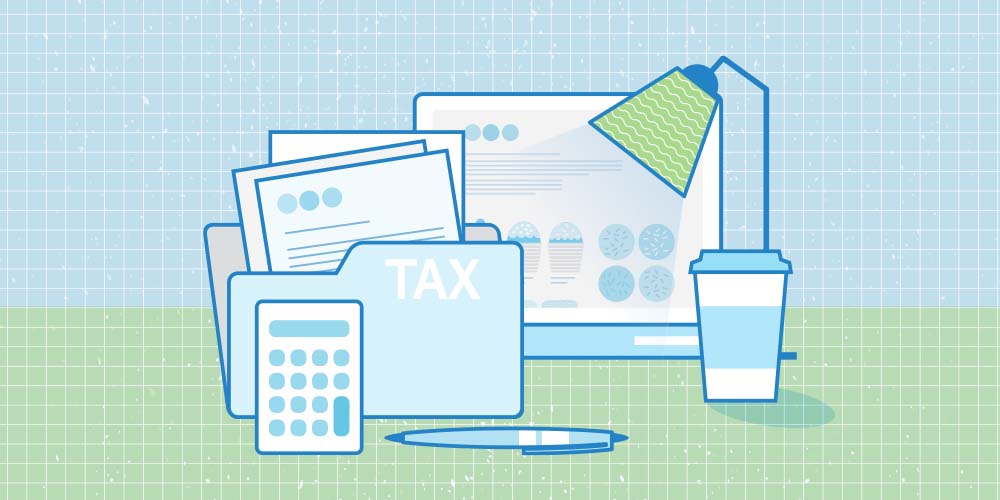The side hustle has moved into the mainstream of our lives, as more and more people look for ways to supplement their income.
There are all kinds of side hustles and ways to earn alternate income. A few examples include becoming a landlord, designing or writing items such as graphics or articles, selling products in an online store or dog walking, among countless others.
Come tax time, there may be a price for you to pay and some benefits you might want to take advantage of. Gaining more money from sources aside from your main job in the gig economy requires more diligence to properly report your taxes. It’s important to know exactly what you should report to the Canada Revenue Agency at tax time and how you should report it.
Here are a few tips to help you navigate your taxes when you have a side hustle:
Keep a record of earned income
The money that you make and spend, including cash, will determine how you can calculate your taxes.
It’s essential that you document the income you earn from your side hustle to assess what you might owe the government and what benefits you might be able to gain as someone deemed self-employed. You need to have these records on hand and available to the government if necessary for six years.
Some people prefer to keep hard-copy, printed versions of their invoices in file folders while others prefer digital records such as spreadsheets. These records will help you to support what may be considered allowable income. Put your invoice for the item including the date and the amount you charged in a file folder marked by the month and year.
Document your expenses
Aside from earned income, you need to document your expenses (the costs to operate your side hustle business). These costs can include meals and entertainment, transportation expenses, and writing off part of your home if you're using as an office. Did you, say, meet with a client for lunch to discuss business? Keep the receipt, then mark on it who you met and why, and file it.
Other potential expenses you may be able to partly deduct as work-related include car maintenance, new electronic equipment you need to perform your work such as a computer or printer, home office supplies and others, depending on your side hustle and what it requires.
Looking for more tax tips? Download a copy of our tax cheat sheet that has all the tips you need in one place.
More tips
When preparing your side hustle for tax season, you'll also need to:
- Keep track of and charge your clients GST/HST when you begin earning more than $30,000 of taxable goods and services with your side hustle. Your full-time job should not impact this number.
- Determine what you need to pay into the Canadian Pension Plan (CPP) if you're deemed to be self-employed.
- Prepare yourself ahead of time for your potential tax bill by routinely setting aside money. A good guideline is 10% to 15% of your side hustle income monthly.
- Have a plan to maximize any tax refund you may receive. Some strategies to make your money work harder for you could include a tax-free savings account (TFSA), registered retirement savings plan (RRSP) or a cashable guaranteed investment certificate (GIC).
Having a side hustle or alternate income is a good way to improve your financial picture, especially during the instability of the pandemic and with rising inflation rates increasing the cost of living. But you want to be prepared to deal with that income properly when tax season rolls around.
Now is a great time to consider setting a goal to help manage unforeseen tax expenses — for this year or next year. Setting a goal is simple through online banking!


